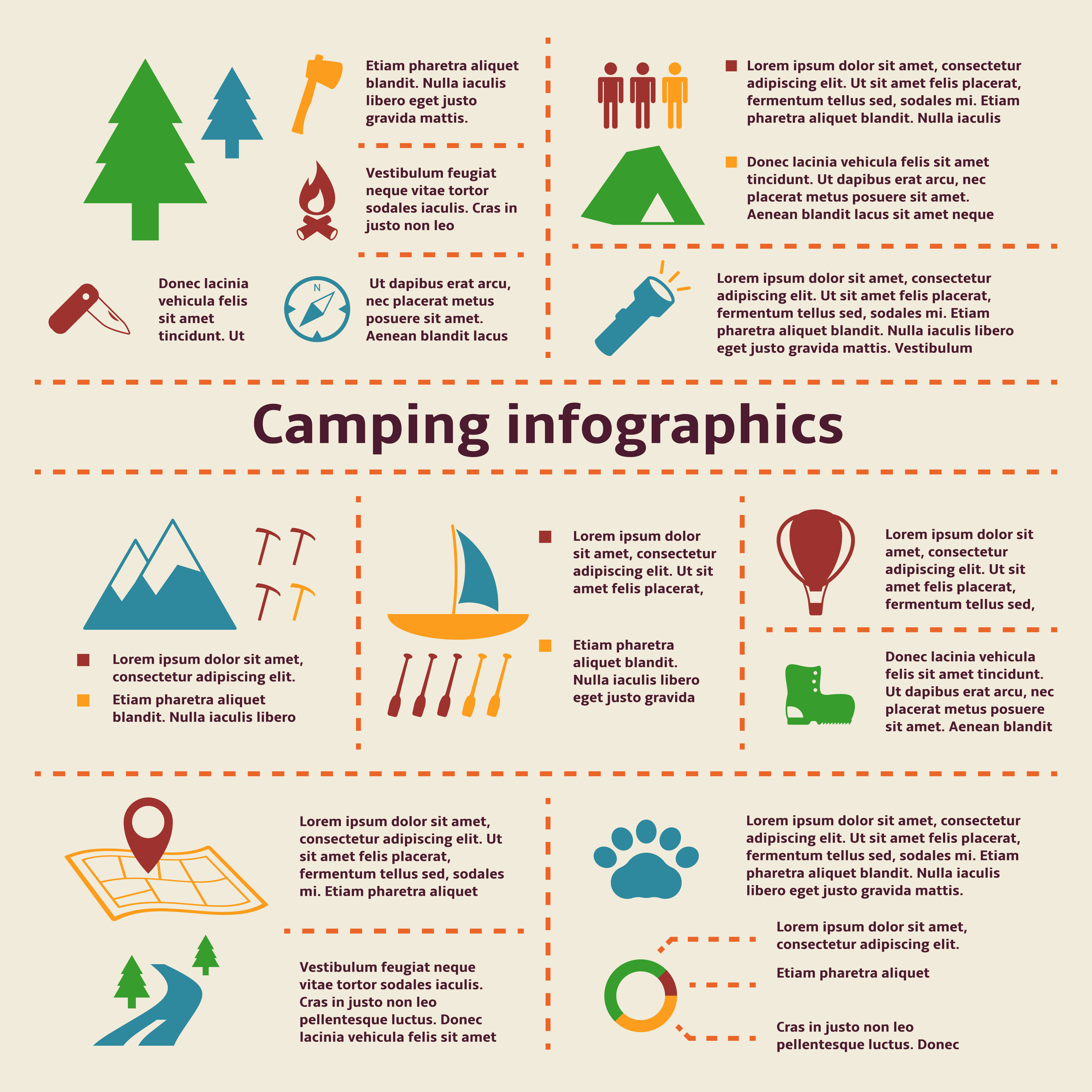Tips To Follow To Convert More Online Camping Tents Product Sales
Tips To Follow To Convert More Online Camping Tents Product Sales
Blog Article
Does Your Backpacking Camping Tent Need an Impact?
An impact is costly and includes added weight to your knapsack. It additionally isn't specifically durable.
Is camping in a camper really camping?
Ultimately, whether or not a camping tent footprint is required depends upon where and exactly how commonly you're camping. Generally, it's a great concept to utilize one if you camp on rough surface areas or in damp problems.
Camping Tents with Lower Deniers and Water Resistant Scores
Camping tents with lower deniers and waterproof ratings tend to be lighter, yet they can additionally be extra vulnerable. They might need more frequent repairs and have less indoor area than tougher models. If you're a casual backpacker who likes to take a trip rapid and light, this could be great; nevertheless, more skilled hikers know that sacrificing durability can feature large effects down the path.
The denier and water resistant rating of a tent's cover, rainfly, and flooring can assist you identify its livability. Search for higher-denier fabrics on the cover and rainfly, along with taped joints that assist prevent water from seeping via stitches. Some makers even utilize heat and sealer during construction to develop a more powerful joint; these are called bonded joints.
The livability of a camping tent can also be determined by its flooring measurements and capacity. A tent's flooring must be somewhat smaller than the impact to avoid water from pooling under the sanctuary.
Camping Tents in Rough Terrain
Many backpacking outdoors tents consist of a footprint made especially for their design, which helps ensure a correct fit and secures the tent's base from dampness and sharp things. Other manufacturers offer universal impacts that can be reduced or folded to match a tent's measurements.
The type of terrain you'll encounter is an additional essential consideration for selecting a tent. As an example, if you'll be camping in a canyon or gully, try to find a shelter that can take care of solid winds. These conditions develop turbulence that can make the difference in between enjoying your camping site or experiencing discomfort.
The capability and peak elevation of a camping tent offer you a great concept of its livability, however added elements to think about include vestibules (the section of the rainfly covering the doors) and total storage area. For example, throughout our winter screening of the Marmot Tungsten, its charitable 93-by-82-inch floor conveniently dealt with 4 perspiring backpackers and their puffier shoulder season resting bags while still leaving adequate room for equipment and people.
Camping Tents in Wet Issues
Even if your tent shows up dry, wetness lurks in the spaces and crannies. Over time, it can break down the fabric. That's why it's so vital to make the most of day of rest to deep-clean your tent and its parts, such as zipper linings, risk loops and adjustable webbing bands.
Likewise, see to it to pitch your camping tent in a level area, not a divot or concave area, so that ground water does not accumulate between the outdoor tents floor and impact or tarp. And if you're utilizing an impact, consider a custom-cut one created for your tent's floor plan. It will not collect rainwater the means a generic ground cloth or tarp can.
Technique setting up and removing your tent in your home prior to you hit the trail, to obtain a feel for just how rapidly and successfully you can do it. Also, method surveying your tent in various surfaces to see how simple it is (or isn't) to do in bad climate condition.
Tents in High-Rise Situations
Camping tents vary in floor dimension and livability. As an example, a large camping tent with twin doors and vestibules like Marmot's Tungsten can handle four backpackers without needing acrobatics to get in and out or to keep equipment.
The minimum trail weight spec is the most effective spec to compare designs, as it consists of bell tents the bare essentials: tent body, rainfly and poles. However remember that the specification excludes camping tent risks, individual lines and things sacks.
Many backpacking camping tents can stand up to a light summer season storm, but some can be swept away by gale-force gusts. Try to find a version with solid posts, a raised bathtub-style floor and joint taping to lower the opportunity of water seeping with. More expensive layouts also tend to feature more powerful products that can stand up to the influence of debris and other forces.
How many can sleep in a 4m bell tent?
